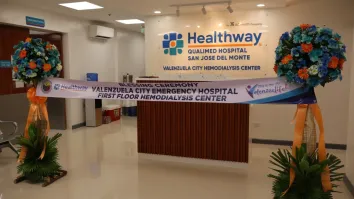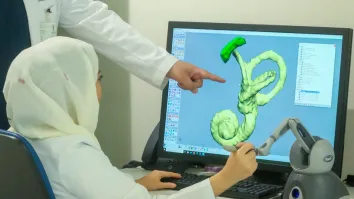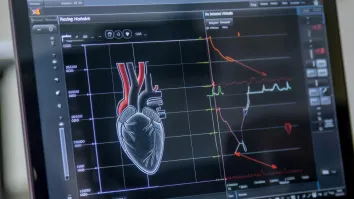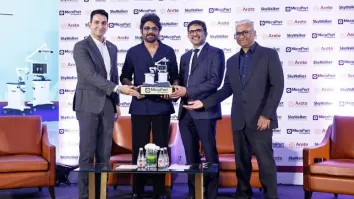
CGMH’s Da Vinci system sets new standard for masterful robotic surgeries
The robotic surgery tech has allowed this Taiwan hospital to unleash Da Vinci’s surgical marvels, secure HIMSS 7, and lead into the future of intelligent patient care.
To ensure speedy surgical procedures and fast recovery for patients, Taiwan’s Chang Gung Memorial Hospital (CGMH) has been using Da Vinci robotic surgery.
Dr. Yu-Ray Chen, director of Chang Gung Medical Foundation’s board of directors, told Healthcare Asia that they have conducted surgery procedures with the Da Vinci robotic surgery for over 100 patients in Taiwan and from abroad.
Since its adoption, the Da Vinci Surgical System has enhanced surgical procedures and effectiveness in their hospital, Chen said.
The Da Vinci’s robotic arm has different features such as the 3D ultra HD vision, which allows the physician to perform an accurate operation. The accuracy it offers is a class apart from the traditional laparoscopy which only generates 2D imaging techniques, making it difficult to determine the depth of the surgical position.
Another advanced feature is that the Da Vinci surgery system has simulated real-time robotic arms that have “seven degrees of freedom, with 540 degrees of rotational flexibility.” It can imitate the human arms’ ability to twist, turn, grab, and pinch, which is far superior to the traditional machines’ rigid mobilities.
Its third novel feature is that the Da Vinci has a specialised control console for physicians to control the precision robotic arms and 3D endoscopy. The operation method is similar to the traditional method, making the training period shorter than the traditional minimally invasive approach.
The Da Vinci surgery system covers all surgery fields such as urology, obstetrics and gynaecology, general surgery, otolaryngology, colorectal surgery, cardiac surgery, and thoracic surgery amongst others.
HIMSS 7 certification
Recently, CGMH’s branch in Linkou reached another milestone when it passed the HIMSS 7 certification again. Chen said it was the first Taiwan hospital to do so.
“According to HIMSS 7 standards, achieving goals related to paperless operations, closed-loop management, structuring, CDSS, and BI for patient safety and quality enhancement, we have progressed toward becoming an ‘intelligent’ medical institution,” Chen said when interviewed at the Healthcare+ Expo in Taiwan in November.
As a smart hospital, CGMH also established other innovations such as the comprehensive medical closed-loop system, which allows traceability across the entire medical process.
With this system, nursing stations now “efficiently support clinical nursing work, encompassing nursing assessment, automatic score calculation, recommended nursing measures, automatic generation of nursing task lists, and the utilization of electronic whiteboards and bedside cards with facial recognition for logins.
Aside from this, the hospital also features a comprehensive AI-intelligent customer service system with bidirectional communication capabilities. This enabled CGMH to reduce 50% of processing time for customer services.
“This system provides 24/7 service across all Chang Gung hospitals, allowing the public to utilise voice or text-based chatbots for services such as appointment scheduling, bed inquiries, and general inquiries,” said Chen.
Big data challenge
Despite many technological advancements adopted by CGMH, the hospital still encounters challenges in the global healthcare system. One of these is big data applications in enhancing clinical decision support systems aided by AI.
The hospital is also encountering a similar issue with patient data privacy, said Chen.
“Ensuring data security and privacy is a significant challenge in the digital transformation process whilst maintaining seamless interoperability among various systems. Striking this balance is crucial,” he said.



















 Advertise
Advertise





